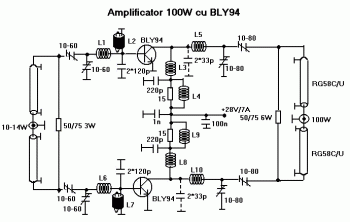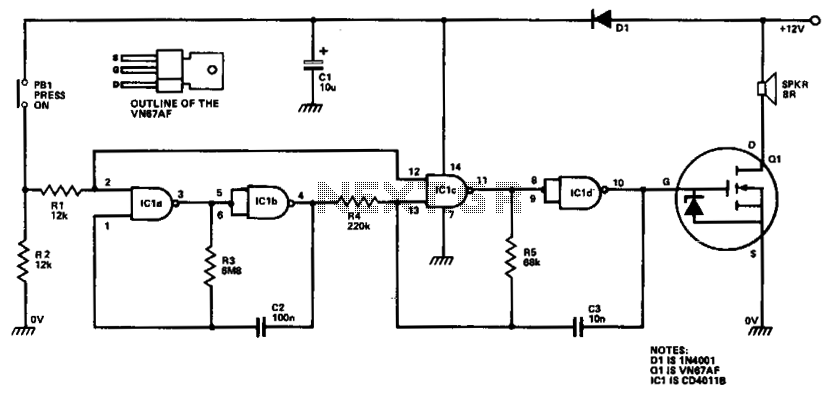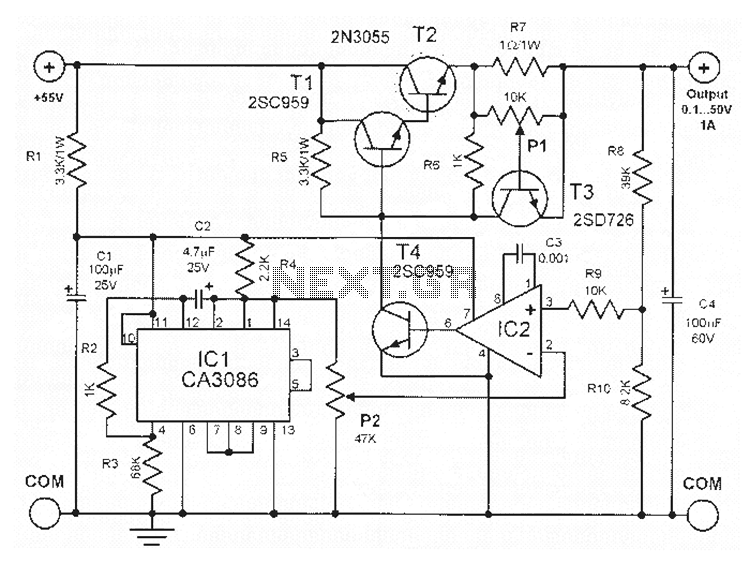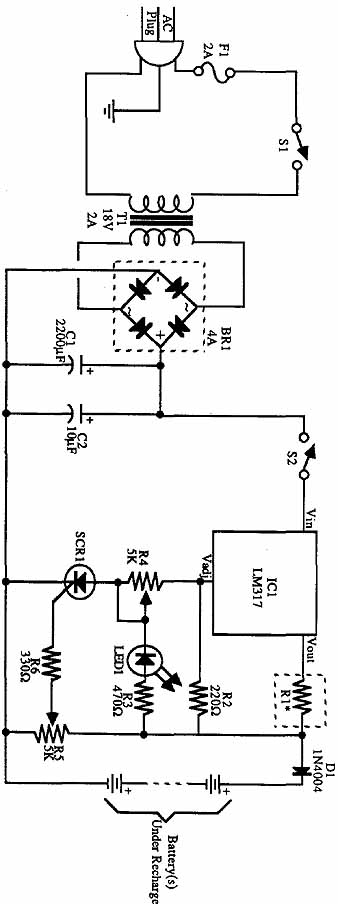
Motorola Hi-Fi power amplifier
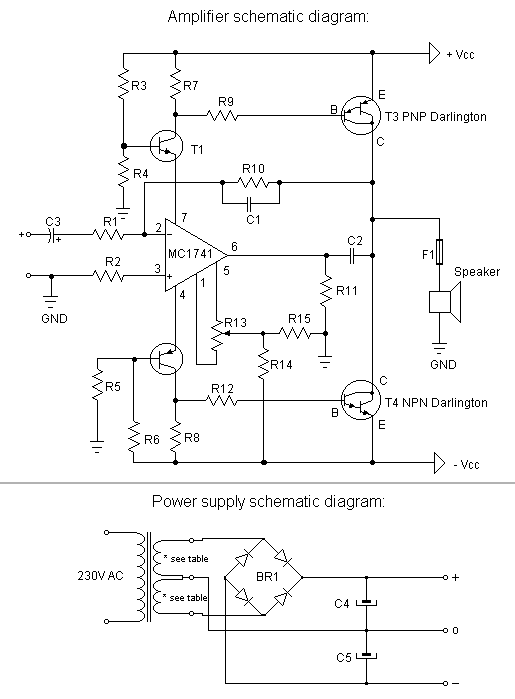
This is a straightforward, cost-effective Hi-Fi quality power amplifier. It can be constructed in five different configurations, as indicated in the table, ranging from 20 W to 80 W RMS.
This Hi-Fi quality power amplifier is designed to deliver high audio fidelity while maintaining affordability. The amplifier's versatility allows for five distinct configurations, enabling users to select the appropriate power output based on their specific requirements. The output power options range from 20 W to 80 W RMS, accommodating various speaker systems and listening environments.
The circuit typically comprises a differential input stage, which enhances common-mode rejection and improves overall sound quality. Following this, a voltage amplification stage boosts the signal before it reaches the output stage, which is responsible for driving the load. The output stage may utilize transistors or integrated circuits, depending on the selected configuration, to achieve the desired power output.
To ensure optimal performance, the amplifier includes various feedback mechanisms that stabilize the gain and reduce distortion. Additionally, power supply considerations are crucial; a well-regulated power supply with appropriate filtering will significantly influence the amplifier's performance and noise levels.
Thermal management is also an important aspect of the design, as power amplifiers can generate substantial heat during operation. Adequate heat sinking and ventilation must be incorporated to prevent overheating and ensure reliable operation over extended periods.
Overall, this power amplifier design offers flexibility, efficiency, and high-quality audio reproduction, making it suitable for a wide range of audio applications.This is a very simple, low cost, Hi-Fi quality power amplifier. You can build it 5 ways, like its shown in the table (from 20 W to 80 W RMS).. 🔗 External reference
This Hi-Fi quality power amplifier is designed to deliver high audio fidelity while maintaining affordability. The amplifier's versatility allows for five distinct configurations, enabling users to select the appropriate power output based on their specific requirements. The output power options range from 20 W to 80 W RMS, accommodating various speaker systems and listening environments.
The circuit typically comprises a differential input stage, which enhances common-mode rejection and improves overall sound quality. Following this, a voltage amplification stage boosts the signal before it reaches the output stage, which is responsible for driving the load. The output stage may utilize transistors or integrated circuits, depending on the selected configuration, to achieve the desired power output.
To ensure optimal performance, the amplifier includes various feedback mechanisms that stabilize the gain and reduce distortion. Additionally, power supply considerations are crucial; a well-regulated power supply with appropriate filtering will significantly influence the amplifier's performance and noise levels.
Thermal management is also an important aspect of the design, as power amplifiers can generate substantial heat during operation. Adequate heat sinking and ventilation must be incorporated to prevent overheating and ensure reliable operation over extended periods.
Overall, this power amplifier design offers flexibility, efficiency, and high-quality audio reproduction, making it suitable for a wide range of audio applications.This is a very simple, low cost, Hi-Fi quality power amplifier. You can build it 5 ways, like its shown in the table (from 20 W to 80 W RMS).. 🔗 External reference

